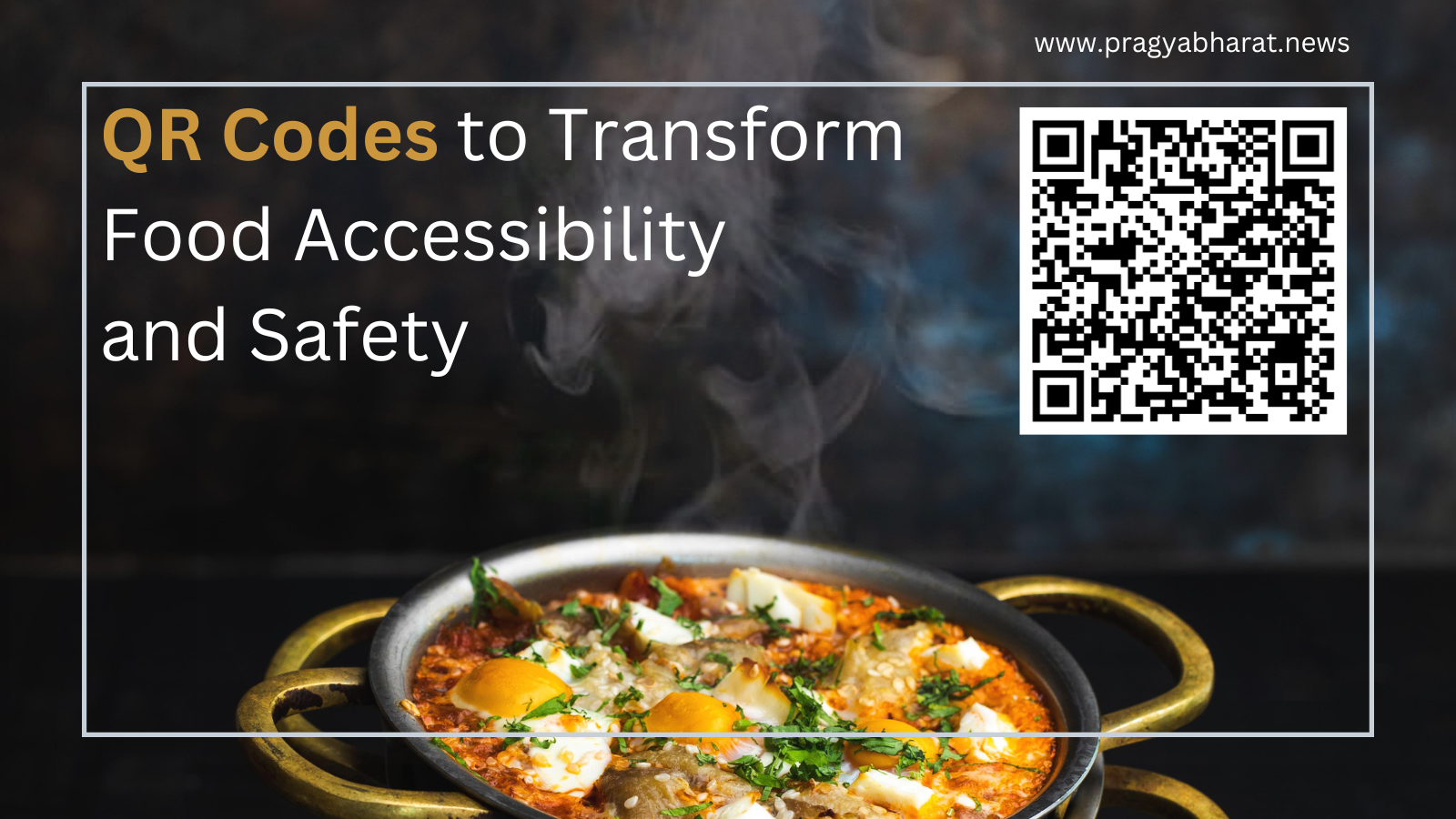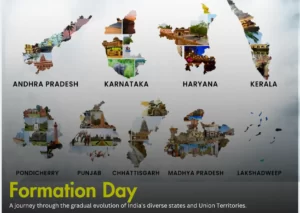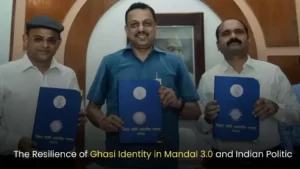FSSAI’s Game-Changing Move
The Food Safety and Standards Authority of India (FSSAI) has proposed a new initiative that could change the way consumers interact with food products. The proposal involves incorporating Quick Response (QR) codes on food items to provide customers with comprehensive product information, including ingredients, nutritional information, allergens, manufacturing dates, expiry/use-by dates, allergen warnings, and contact information for customer inquiries. The use of QR codes aims to empower consumers, promote inclusivity and enhance the battle against Non-Communicable Diseases (NCDs). QR codes are known for their distinctive square shape composed of black squares on a white background and can be easily scanned and interpreted using a QR code reader or a smartphone camera. This proposal seeks to harness the power of QR codes to revolutionise food accessibility and safety.
The Revolution of the QR Code
The QR code, a two-dimensional matrix barcode invented in 1994 by the Japanese company Denso Wave for tracking automobile parts, is at the heart of this transformative initiative. The FSSAI proposal seeks to leverage the power of QR codes to provide consumers with comprehensive product information at their fingertips.
What Can QR Codes Do?
Utilising a QR code reader or the camera on a smartphone, one can effortlessly scan and decipher QR codes, which are characterised by their unique square shape consisting of black squares on a white background. Numerous crucial details, such as ingredients, nutritional data, allergens, manufacturing dates, expiration/use-by dates, allergen warnings, and contact details for customer inquiries, will be available via the QR codes on food products.
India’s implementation of QR codes on food products as a response to the growing concern surrounding Non-Communicable Diseases is a significant and laudable step. This initiative is highly significant on several fronts and goes beyond the simple act of labelling and providing nutritional information. For starters, it ensures accessibility for visually impaired people, addressing a long-standing issue of inclusivity and equitable access to important food product information. Additionally, the thorough information offered by QR codes accommodates all customers, including those with dietary needs or allergies, which lowers the possibility of negative reactions and health problems. This action gives consumers the power to distinguish between healthier and less healthy options in a market that is overflowing with pre-packaged foods. Finally, India’s adoption of QR codes aligns it with global trends.
Finally, India has joined in the footsteps of the US, France, and the UK in adopting QR codes on food products, following global trends where consumers are increasingly depending on this technology to obtain necessary product information. This initiative not only benefits the Indian population’s health and well-being, but it also positions India as a participant in the global movement towards healthier, more transparent food consumption.
In conclusion, the Food Safety and Standards Authority of India’s (FSSAI) proposal to implement QR codes on food products represents a profound paradigm shift in the realm of food safety and consumer protection. This innovative step demonstrates the Indian government’s dedication to addressing the pressing issues associated with the growing availability of pre-packaged foods and the alarming rise of Non-Communicable Diseases. In an age where access to information is paramount, the introduction of QR codes is a powerful tool that empowers consumers to make safer and more informed choices about the food they consume. This initiative not only holds the promise of enhancing public health but also signifies a major leap forward in ensuring inclusivity and transparency in the food industry, ultimately benefiting the well-being of all.




















